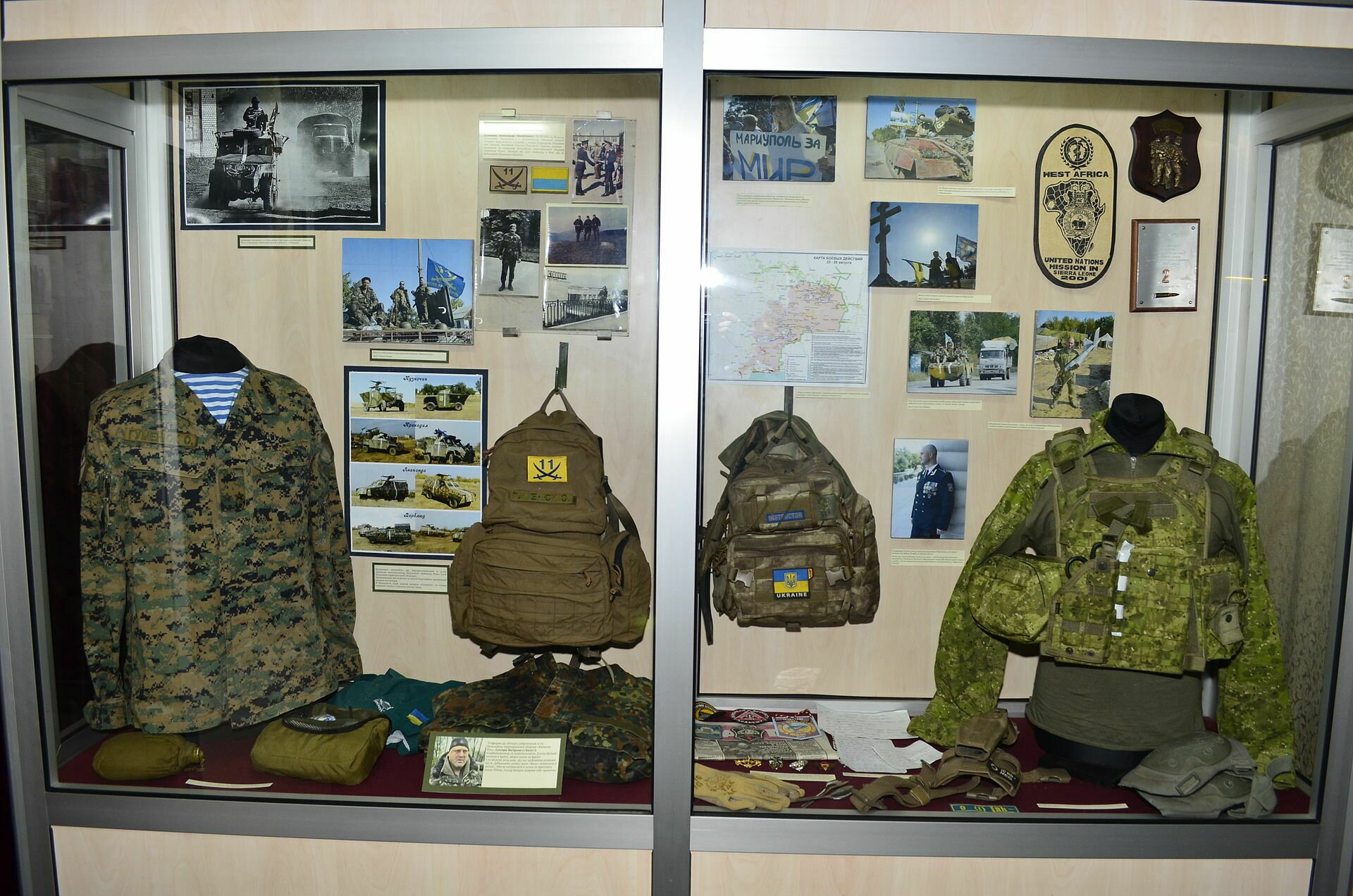EN
- UK
Sign in
National Military History Museum of Ukraine
The modern museum, established in 1998, is the successor to the Central Museum of the Armed Forces of Ukraine. At the opening of its first exhibition, the guests included Olena Ott-Skoropadska, the daughter of Hetman Pavlo Skoropadskyi. This is the only institution in Ukraine that covers the history of the creation and development of military affairs in Ukraine from the Bronze Age to the present day. The permanent exhibition is divided into several parts:
Military affairs on the territory of Ukraine in ancient times, which presents artifacts of Celtic, Scythian, Sarmatian tribes;
The Russian army: Princely Statehood (XI-XIII centuries) - devoted to the development of military equipment in the Middle Ages;
Zaporizhzhya Sich and the Cossack State (Hetmanate) (XVI - XVIIІ centuries);
Ukrainians in the First World War (1914-1918);
national armed formations of the Ukrainian Revolution (1917-1921);
Ukrainians in the armed forces of the USSR in the 1920s-1940s;
Ukrainians in the armies of the states participating in the Second World War (1939-1945). Ukrainian liberation movement;
Ukrainians' participation in military conflicts of the second half of the twentieth century, including models of new powerful military equipment, the history of the war in Afghanistan;
Ukrainian army in countering Russian aggression: annexation of Crimea, ATO/JFO since 2014.
The museum has 5 other branches in different regions of Ukraine.

Музеї
0
1
Address
Contacts
Website
Added by organization
News
VR Tours
Locations
Events
3D objects



